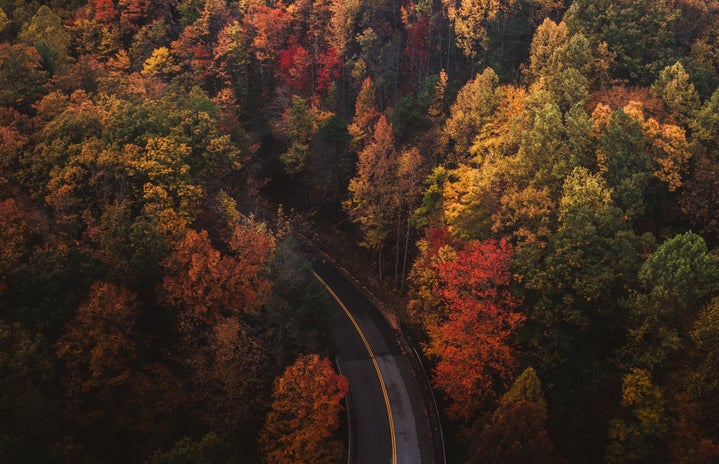“The Pilgrims had hardly explored the shores of Cape Cod for four days before they had robbed the graves of my ancestors and stolen their corn and beans.” – Wamsutta Frank James, Wampanoag activist and organizer of the National Day of Mourning.
In elementary and middle school, we were taught that Thanksgiving was a day in 1621 when Colonists from New England released prayers of “thanksgiving” for such blessings as safe journeys, military victories, or abundant harvests. Many of us viewed this holiday as a celebration of a harvest feast shared between the English colonists and the “friendly Wampanoag” tribe. Take a second to understand the colonization of your elementary and middle school history experience, and let’s talk about what really happened.
The First Thanksgiving (or “Thankstaking” ) was actually a period of genocide, thievery, and the start of the prolonged endangerment of Indigenous tribes. While records indicate that the three-day harvest celebration did happen, it was not in the kid-friendly way most people believe to know. Due to the exclusion (and almost complete removal) of Native Americans in the history of our country’s founding, the world has been left with an incomplete story of what really went down.
First of all, there’s no actual evidence that the Wampanoag people were really “invited” to the Thanksgiving harvest meal in the first place. Yes, over 90 Wampanoag tribe members were present during the feast, but these members did not come by choice. Some experts believe that the members were part of an army sent by Wampanoag leader Ousamequin after hearing the sound of gunshots from the massing of the celebration.
So, what about their first encounter with the New England Pilgrims? The Pilgrims’ first encounter with the Wampanoag people resulted in stolen goods from the harvest. Imagine meeting someone for the first time. They go to your house, get comfy, and then steal all your food for the Winter right before a massive snowstorm hits. Not cool, right? The same thing happened with the Native Wampanoag people, except with dire, real-life consequences. Not to mention how Indigenous people were ravaged by the diseases brought by the European colonizers in the prior years. The “kinship” that was said to have been made between the two cultures was less about intercultural harmony and more about survival.
That first “Thankstaking” was followed by deadly conflicts between colonizers and Native people, including (but not limited to) the Wampanoags. The Europeans repaid their Native allies in the best way they knew how: by seizing Native land and imprisoning, enslaving, and executing Native people. Following these harvest celebrations, European settlers often marked brutal victories over Native people, with devastating instances like the beheading of Wampanoag leader Metacom in 1676.
So, maybe you’re wondering, “why haven’t I ever heard these parts of history?” The answer is simple. Education systems no longer focus on the decolonization of colonial American History. Unfortunately, many U.S. schools don’t accurately teach Native American history, and sometimes don’t teach Native American history at all. But the fact is, Native American history is American history. November is Native American and Indigenous Peoples’ Heritage Month, which was declared to be the one month out of the year when United States citizens come together to celebrate the rich histories, diverse cultures, and significant contributions of our nation’s first people, acknowledging America’s particular commitments to Native/Indigenous and Alaska Native peoples.
Native people are a critical part of the past and are also very much a part of our country’s present (and future). About 87% of state-level history standards don’t mention Native American history after 1900, but Native American people have significantly impacted contemporary US society. Out of approximately 500 treaties made by the United States government between 1778 and 1871 to protect the rights of Native and Indigenous peoples, every single one has since been violated in some way or outright broken by the U.S. government. Native Americans and First Nations peoples still fight for their treaty rights in federal courts today.
Allen Salway, a writer and community organizer from the Navajo Nation, stated, “To me, Thanksgiving is a reminder of our resistance as Indigenous People navigating this settler society that continuously tries to erase and destroy us, yet we are still here.” By recognizing the true history of these events, we can affirm the experiences of Native communities and do a better job of tackling the systemic issues they have faced (and continue to face).
This year, as you celebrate Thanksgiving by feasting with family, watching the parade, and going back for seconds or thirds, think about some of the simple, impactful things you can do to help combat the colonized spread of the story of Thanksgiving.


